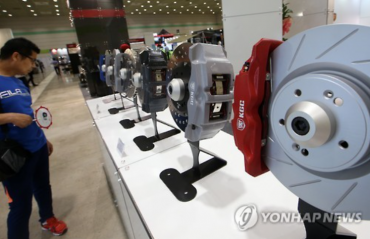
With the full support of the government, GM’s five-year reorganization efforts came to an end in 2013. The $700 billion Troubled Asset Relief Program (TARP), which was first instituted in the U.S. after the 2008 financial crisis, played an essential role in GM’s revival. (image: Pixabay)
SEOUL, May 26 (Korea Bizwire) – Amid the ongoing restructuring of the Korean shipbuilding industry, stories of insolvent global enterprises that have managed to resuscitate themselves have attracted attention.
Quick decision-making and bold government support are believed to be the key factors for their revival.
GM is one of the companies that succeeded in resuscitating itself, taking advantage of the U.S. bankruptcy code’s Chapter 11 proceedings, which permit reorganization under national bankruptcy laws.
GM quickly disposed of its assets to minimize damage to its brand image, and took full advantage of its reorganization efforts. It swiftly separated its good companies from bad companies, and reduced its workforce and production facilities to optimal levels to better manage its expenses. The company also received $50 billion in financing from the government between 2008 and 2010.
With the full support of the government, GM’s five-year reorganization efforts came to an end in 2013. The $700 billion Troubled Asset Relief Program (TARP), which was first instituted in the U.S. after the 2008 financial crisis, played an essential role in GM’s revival.
Japan Airlines (JAL) was another company that quickly recovered from near-bankruptcy thanks to government-led reorganization efforts.
Despite the Japanese government’s injection of public funds, by 2009 the company was suffering from 120 billion yen ($1.1 billion) in operating losses due to prolonged decline in demand and rising oil prices. The company eventually applied for protection under the Corporate Rehabilitation Law (equivalent to U.S. Chapter 11).
In an effort to revive the company, the government formed a reorganization task force, which led to a highly intensive restructuring endeavor including additional public investment.
By 2011, JAL was able to turn around its fortunes to transform itself into a company generating over 180 billion yen ($1.6 billion) in profit.
By Kevin Lee (kevinlee@koreabizwire.com)






